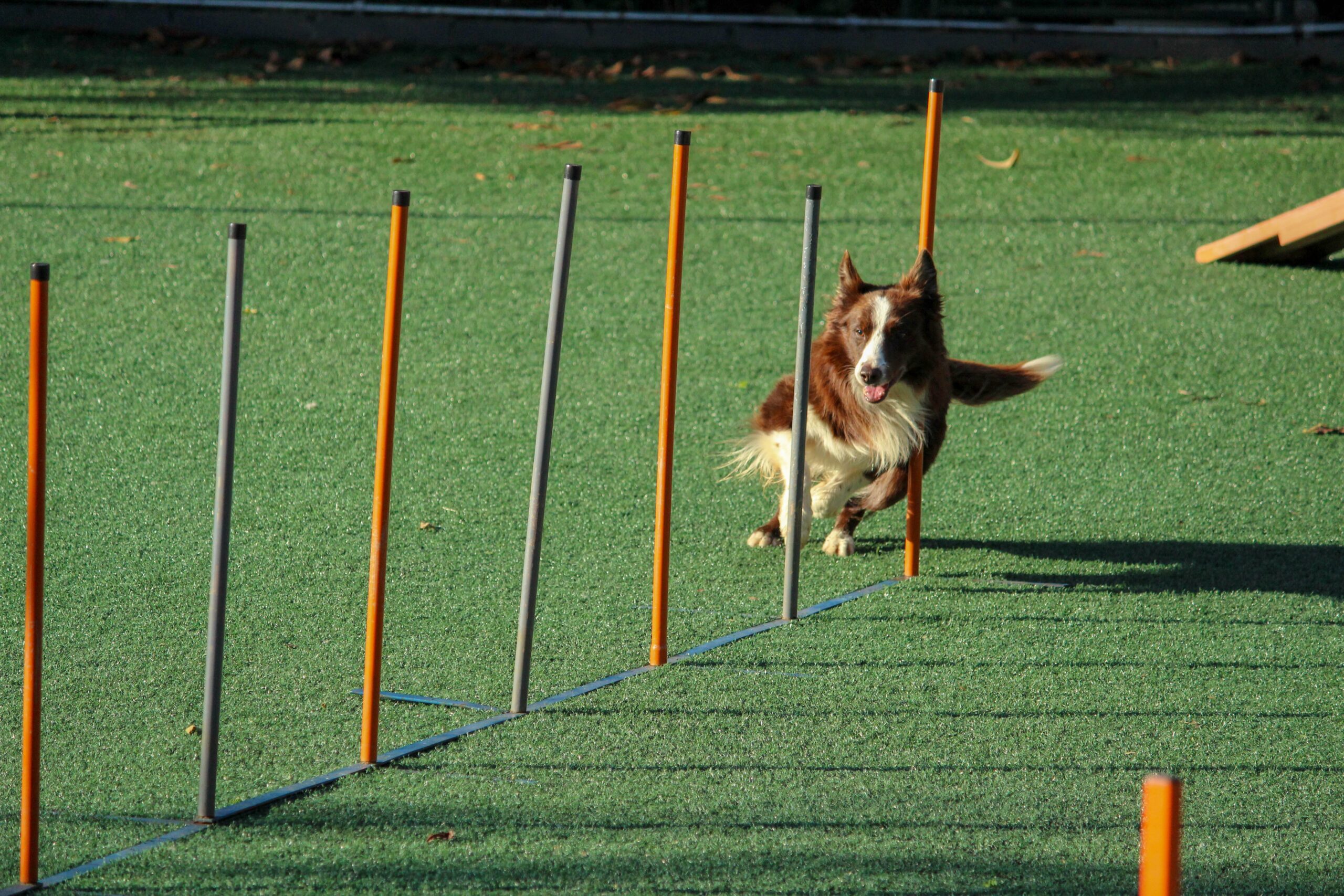7 Types of Dog Training and Why Your Pet Must Engage in Them

Dogs are wonderful creatures because they provide companionship, security, and unconditional love. However, owning a dog is not just about having a loyal friend. It also comes with many responsibilities, such as providing proper care and training to your furry friend.
Training your dog is one of the most important aspects of dog ownership because it helps to establish a bond between you and your dog. Conversely, it also helps to ensure your dog is well-behaved and obedient, especially toward others. A well-trained dog is a joy to have around and can also help prevent behavioural problems. It is generally recommended to start dog training as early as a puppy because they have a lot of energy and are eager to learn, making them the perfect candidates for training. However, even if you have an older dog, it’s never too late to train them.
There are several dog training methods, each with a unique approach. These include:
1. Agility Training
Agility training is a method that teaches dogs to navigate through a series of obstacles, such as jumps, tunnels, and weave poles, in a timed event. This training provides mental and physical stimulation for the dog and helps improve its overall coordination and agility. This is particularly helpful for high-energy breeds or dogs that tend to become bored easily because dogs can channel their energy into a productive activity, which can help prevent destructive behaviours such as chewing or digging.
2. Dominance Training
Dominance training is a method that focuses on establishing the dog owner as the dominant leader in the relationship. It involves using alpha rolls, physical corrections, or withholding rewards to assert dominance and control over the dog. The idea behind this approach is that dogs are pack animals and need a strong leader to follow. However, a certain degree of leniency must be present to build a positive and trusting bond between the owner and the dog.
3. E-Collar Training
E-Collar training, also known as electronic collar training or remote training, involves using an electronic collar that delivers a mild electric shock to the dog when a command is not followed. It is often used for off-leash training and teaching dogs to recall reliably. The level of stimulation the collar delivers can be adjusted based on the dog’s response and sensitivity. However, it’s worth noting that proper and responsible use of the e-collar is crucial, as misuse or abuse can lead to negative consequences and harm the dog’s well-being.
4. Positive Reinforcement Training
Positive reinforcement training is a training method that focuses on rewarding desired behaviours rather than punishing unwanted ones. This approach involves using rewards, such as treats, praise, or play, to encourage the dog to repeat the desired behaviour. Positive reinforcement training is based on the principle that dogs are likelier to repeat behaviours that result in positive outcomes.
5. Clicker Training
Clicker training uses a small handheld clicker to mark desired behaviours. When the dog performs the desired behaviour, the owner clicks the clicker and immediately follows it with a reward, such as a treat or praise. This helps the dog associate the clicker’s sound with the reward, making it a powerful tool for shaping and reinforcing behaviours. Clicker training is often used for obedience training, trick training, and behaviour modification.
6. Tracking Training
For specialised training, dogs are trained to track scents and find specific objects or individuals where the dog is taught to follow a scent trail and locate the target. This training involves teaching the dog to use its sense of smell to identify and track scents and to indicate when it has found the target. Tracking training requires patience, consistency, and a strong bond between the dog and its handler.
7. Service Dog Training
Nowadays, many dogs are trained to become service dogs, assisting individuals with disabilities. Service dog training involves teaching the dog specific tasks to help its handler, such as opening doors, retrieving objects, or alerting them to particular sounds or medical conditions. This training also teaches the dog to remain calm and well-behaved in public places, as service dogs often accompany their handlers to various locations.
Conclusion
Dog training goes a long way in ensuring a dog is well-behaved and disciplined. For this reason, all dog parents are encouraged to train their dogs, especially since various methods and resources are available to help them. Whether it’s basic obedience training or more specialised training, a dog can benefit from the skills and behaviours it learns through training.
Pup Club Official can help if you are looking for dog training classes! We offer comprehensive dog training services to ensure your pet is disciplined through skills and socialisation. Get an estimate from us today!